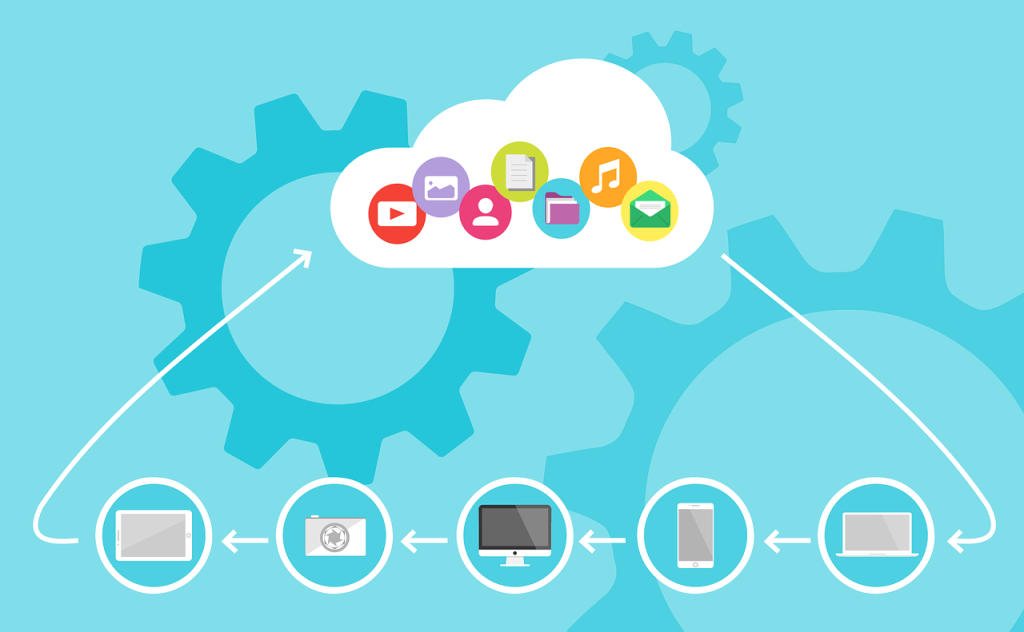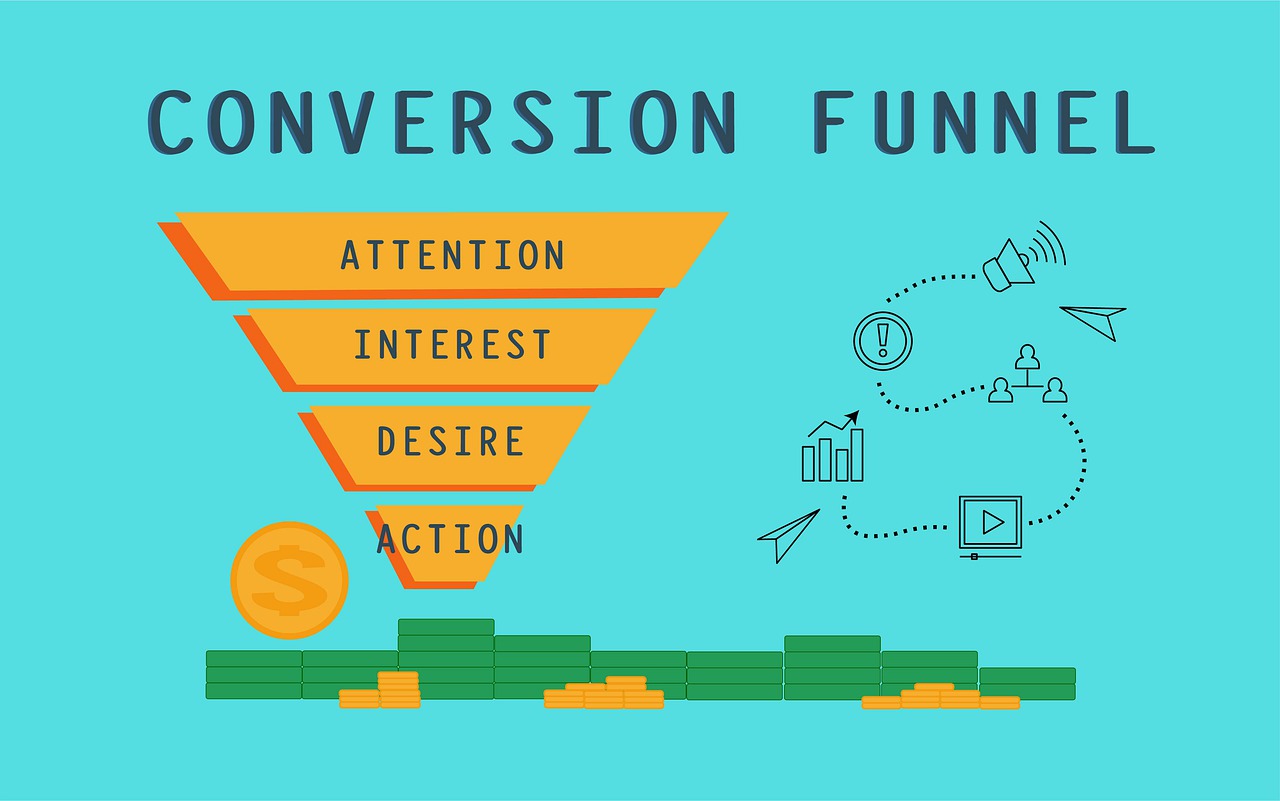Introduction
SaaS, Software as a Service, is everywhere. Enterprises have followed the individuals in the adoption of this software modal which gives them Off The Shelf (OTS) solutions with a small starting up cost. Needless to say, the competition has crowded the market, making it all the more important to get it right the very first time you take it to the market. Stay with me and gain insights into how we can put the best foot forward and bedazzle the market.
The article takes inspiration from many product launches and subsequent customer feedback to help you prepare for such an event. You can never plan enough but keeping the following pointers in mind will help you avoid costly mistakes and lose customers.
- Plan or get left behind.
- Product is not everything but it certainly is the most important aspect.
- Communication is a two-way street
- Right Message
- Right Audience
- Right Time
- Conclusion

Plan or get left behind.
Start with a plan. We have all heard if you want to make God laugh then tell him your plans but then God never told you not to plan. God lies in the details. So go ahead and put your thoughts on paper or excel whichever is handy.
Any documentation which is more than one page means you have failed to gather your thoughts. Start with a ‘dhobi list’ (washerman’s list) and pour everything in it. Give it a structure based on stages of the project, product module wise or even priority wise. Keep chiseling at it till you have a beautiful plan that you are now ready to share.
Tasks, deadlines, and responsibilities are good but don’t forget to mention the impact each stage of implementation carries. Drill the importance of each team in the execution and how they are interconnected. It is important to influence your senior management and team leads but don’t forget the role of foot soldiers (no disrespect meant here) the actual people who will face the prospects and customers. Motivate them with not only what the company hopes to achieve with the result but also what’s in it for them individually.
Don’t broadcast the plan on email but bring all stakeholders together on a single platform. Address them individually and show them how critical each aspect of the plan is. Take their feedback. Run a success visualization (this can be done before the meeting) exercise where champagne is popped and speeches are made. But before that happens what are the big and small details that need to be taken care of. Note each feedback or have them mailed. You will be surprised what gems can come to you. An involved team member is any day better than a disengaged one.
Product is not everything but it certainly is the most important aspect.
Imagine yourself on your first date with a girl of your dreams. The date is decided and flames are towering high on either side. You know you can be nothing but the best version of yourself. But what is your best version, you ask? Certainly borrowing a jacket from your friend or dad isn’t the only thing you want to do preparing for the big day. Now replace yourself with the product. What are the things you are going to do to not only look your best but also BE your best? Let us see.
This is the step where the rubber hits the road (clichéd, I know) and your plan needs to be put in action. If the scope of the product is very wide then focus on the main modules, functionalities, and benefits. Remember we are in the Information Age which only means it is everywhere. Your job is to filter that information and bring forward only that which matters the most to your audience. Rest can be left to their basic intelligence. Resist the temptation to go all Commando and start firing all information cylinders.
Quality is no more a differentiator in any line of business. It is not something which customer expects but is a given in today’s day and age. Have the product tested on real data. To get a real sense of the response a Beta run of the product can be done on a real audience. Incorporate their feedback and you will be more confident when you are facing a bigger and more diverse audience.
The real differentiator in today’s world is the intuitiveness of the software. If a particular functionality can be completed with two clicks can you reduce it to one click? Is your system capable of talking to other systems? How easy is it upload and download data? Do whatever it takes to overcome these challenges. Remember the customer is paying you for the time and effort you are saving him to accomplish a task. Simple. Period.
The fact that you got a date means your partner already thinks you have what it takes. The next step is to show them that you CARE for them. To show them how you can be valuable to them and how you will do whatever it takes to keep them satisfied. Did I take the dating metaphor too far? Maybe I did but I hope you got the point.
Communication is a two-way street
In a B2B SaaS product, the communication is between two incorporated entities and not two different individuals. The dynamics of this communication, needless to say, are different but the objective is the same. The objective is to carry the right message to the right audience at the right time so that they can take the right action.
Let us break it down to understand in simpler terms.
Right Message: There will be multiple touchpoints to every customer and prospect. List them down. Map applicable messages. Circulate widely internally. I am taking a risk here by using the term widely. A question can be raised what does a development team have to do with a marketing email? Actually, it does because a small technical input on how to have the hyperlink reach the registration page may save a lot of cold sweat at a critical stage later. To avoid information overload selected drafts and team members of different teams may be involved.
Right Audience: Unless it is your first product launch, businesses usually have a good idea of their target audience. You have been interacting with them earlier or they have come to you through a certain tie-up or association. A small heads up about the planned event is good to create some buzz. Also in B2B space, having official email ids and contacts helps better in the regular interaction.
Right Time: Timing has to be perfect. In my experience, this gets influenced by other commitments and external factors. Launch only when you are 100% certain. Certain of what, you might ask? Certain that the product is ready to use. Nobody will register now and be expected to wait for a month to start using the software. B2C purchase might be highly impulse driven but in my opinion, B2B purchase and implementation are also getting there. Along with the product your sales and support team also need to be trained and aligned. Having common dial-in numbers and dedicated support email ids are some of the ways to convert customer journeys into conversions.
Right Channels: It is extremely important for older B2B players to review each and every customer and prospect touchpoints currently in existence. A new product launch may have a different audience, registration process, onboarding, and finally implementation and support. All these services might overlap with each other if even one channel fails in its objective. Design different marketing campaigns, forms, landing pages and direct the targeted audience on the right path. This is the reason for my emphasis on sharing plans early with all teams and incorporating their feedback. Currently, there are at least 10 Channels that an average SaaS company uses like Google Adwords, Social Media, Blogs, Videos, Webinars, etc so it is important to avoid mistakes and keep the communication clear.
Since it is a product launch, it is expected that the bulk of the message will be sent from your side but it is important to keep a tab on what is being said from the other side. Take care to record email communication, blog and social media comments, incoming calls, and emails and quickly incorporate them in your communication before the next touchpoint.
Conclusion
The importance of planning cannot be overemphasized nor can the criticality of perfect implementation. A SaaS product is an evolving organism. It will have periodic version upgrades and spin-offs for different markets and audiences. The challenge is to keep getting better in all aspects of the game by learning from previous mistakes.
SaaS products are easy to get out of as they are easy to get in. Take focused steps in helping customers onboard, implement with continuous support, and finally help them realize their objectives. Keep refining the product and communication by keeping ears to the ground and hearts open.
Finally, at this point, I would like to use a cricketing analogy. It’s not only about impact but also the follow-through which is equally important. People who have witnessed Sachin Tendulkar’s cover drive or Mahendra Singh Dhoni’s helicopter shot will admit that what made their shots perfect could equally be credited to the bat swing after the ball has hit their bat’s sweet spot. They knew exactly whether they have to look for a quick single or stand at the crease and admire the ball run past the boundary line. The different teams in the product launch need to be on their toes to respond to their queries and challenges.
Writing is one way to clarify your thoughts and give them structure. Hope this has added value to your perspective or at least refreshed your memory of the basics of software marketing. Please share your likes and dislikes about the article and also share any information related to the subject so that others benefit from your insights.



